Samsung Galaxy Grand Neo Review
Introduction
Samsung outed the Galaxy Grand Neo without much fanfare, or even a proper announcement, and if you look at the specs it might be easier to understand why. The phone has weaker points not only compared to the newer Grand 2, but even to last year's Galaxy Grand.
The handset sports a 5” screen with very low pixel density, but the rest of the specs are decent, as the Grand Neo offers you 21 Mbps HSPA+ connectivity, 5 MP rear camera with LED flash, and a quad-core processor. However, the original Galaxy Grand still sells worldwide, and actually offers higher resolution camera and video recording, which raises some eyebrows, so let's see what Samsung is hoping for with the Grand Neo...
Design
A chubby budget 5-incher with traditional design and matte plastic back
The handset spreads in 5.66 x 3.04 x 0.38” (143.7 x 77.1 x 9.6 mm) dimensions, and weighs the serious 5.75 oz (163g), so it's neither compact nor light in comparison with other 5-inchers out there. The rounded corners and physical home key scream “Samsung”, but the back is made of matte white plastic, instead of the company's usual glossy finish. The matte surface is actually nicer to the touch, less slippery, and doesn't attract fingerprints.
Grand Neo sports an easily removable back cover, which grants you access to the mini SIM and memory card slots, as well as to the swappable 2100 mAh battery. The side keys blend well with the chrome rim imitation around the phone, and are easy to feel and press without looking, providing good tactile feedback. The same goes for Samsung's traditional physical home key underneath the display,
Display
Too low pixel density of the screen is the phone's biggest drawback
Grand Neo comes equipped with a 5” panel, but that's where the fun stops. This basic LCD screen has 480x800 pixels of resolution, resulting in a 186 pixels per inch count, worthy of an eye roll. As a consequence, most everything appears jagged and pixelated, which can be rather annoying not only if you are a screen purist, but simply if you have toyed with today's midrangers, most of which come with at least 220ppi.
Still, for watching videos and occasionally for browsing, a big screen often trumps pixel density. If these are your main purposes, the Neo might be a fine budget choice, as there are no glaring issues with the display's color representation or viewing angles. Its peak brightness and surface reflectance are also decent enough for usage outdoors, unless you are standing in direct sunlight.
Interface and functionality
Samsung Nature UX features layered on top of an older Android Jelly Bean version
The Galaxy Grand Neo is loaded with Samsung's TouchWiz Nature UX on top of Android 4.2 Jelly Bean. Samsung's mum on if and when will KitKat hit the phone. With NatureUX, however, the most apparent visual differences that KitKat brings, like a transparent status bar and full-screen wallpaper, are already present in the overlay, and the Grand Neo is no exception.
We are also getting most staple features of Samsung's homemade interface overlay, like Smart Stay, which keeps the screen on while you are looking at it, and the multi-window mode that can run two different apps on a split screen. The Air View and Air Gesture modes that are present on Samsung's more upscale handsets, however, are missing from the Grand Neo.
Typing on the largish display with one hand gets dicey when you have to reach for the upper left or right corner of the keyboard, depending on the side. It's advisable that you enable the Swype-like functionality that traces your finger from a letter to a letter. It inputs the word for you, instead of pecking at each individual key with your stretched out thumb. As with most of its big-screen phones, Samsung also includes a way to scooch the keyboard, dialer or calculator to the left or to the right, so that you can type with one hand without the risk of dropping your handset.
Processor and memory
Relatively weak quad-core Broadcom chipset results in some interface and app stutter
The Grand Neo comes with a 1.2 GHz Broadcom BCM23550 processor with four Cortex-A7 cores, while last year's Grand came with a dual-core Cortex-A9 of the same frequency. That's one of the few differences between the two phones, and it is not translating into any benchmark or performance superiority for the Neo. Samsung outs the phone with 1 GB of RAM, and 8 GB of storage (5 GB user-available), expandable via a microSD slot.
Internet and connectivity
Retro-looking but very functional browser, marred by the screen's low pixel density
Samsung's TouchWiz browser looks a bit dated with its squarish interface elements, especially on a 186ppi screen. It is, however, proven to be one of the fastest renderers, plus at Android Jelly Bean it still sports Adobe Flash support out of the box.
The Galaxy Grand Neo supports European/Asian GSM frequencies, with up to 21 Mbps data download speeds, and is also available in a dual SIM version, just like its predecessor. It has plenty of connectivity radios, too, such as Wi-Fi, Wi-Fi Direct, Bluetooth 4.0, A-GPS, DLNA and FM.
Camera
5 MP camera produces quite a lot of noise, and records only 720p HD video
The 5 MP camera on the back of the Grand Neo has an LED flash next to it, and there's also a front-facing shooter for video chat. Samsung offers a few shooting modes like Best Shot or Panorama, arranged in its typical carrousel, but more intensive regimes like Rich Tone (HDR), are absent from the Neo.
The 5 MP photos feature the amount of detail that can be expected from this kind of resolution. Color representation is largely accurate, as is the overall scene exposure. The amount of noise, however, is quite a lot, even on a bright sunny day, while indoors it creeps up even further. Low-light photos come out a tad soft and noisy, but if you hold the handset steady, they won't blur.
Unlike last year's Galaxy Grand, the Grand Neo doesn't capture 1080p Full HD video footage, but rather makes do with 720p HD resolution at 30fps. The footage fulfills the promised framerate, but comes out a tad soft and lacking detail.
Multimedia
Standard fare, yet functional media apps, without DivX video codec licensing
The gallery offers split-screen view, with a thin strip that lists your folders on the left, and their content on the right, which aids navigation around it. There are plenty of editing options built right into the interface, too.
The music player with its squarish UI elements is familiar from many Samsung phones. The interface might be unimpressive, but it offers all the basics, like song categorization, as well as an abundance of equalizer presets and sound modes to choose from. The loudspeaker on the back is pretty average, both in terms of strength, and in sound output quality.
We also get a stock video player runs most popular formats, like MKV and Xvid without a hitch, and up to 1080p resolution at that. DivX licensing, however, is not present on the phone, but you can always grab a better player from Google's app store.
Call quality
Call quality is slightly above average, both in the earpiece, and via the single microphone
The earpiece of the Grand Neo is pretty good in terms of strength, and we even had to tone it down a few notches. Call quality doesn't have annoying hissing or distortions, and is of about average clarity and fullness. The handset's microphone picked our voice well, relaying it loud and clear to the other side. There is no second mic for active noise cancellation, so the other end should be prepped for some background noise in louder environments.
Battery
Low-res screen and basic processor should result in a lasting handset
Grand Neo arrives with a 2100 mAh battery that Samsung quotes to be good for up to 11 hours of talk time in 3G mode, 10 hours of browsing via Wi-Fi, and 8 hours of video playback, which are pretty good numbers. With that screen resolution and processor, the Neo might turn out to be an endurance champ, but we'll wait for our battery tests to give you the full picture.
Conclusion
Galaxy Grand Neo seems a bit of an odd bird, giving in on specs even compared to last year's Galaxy Grand, let alone to the newer Grand 2. The only advantage it holds before the Grand, for instance, is the quad-core versus dual-core processor, if that can be called an advantage at all.
Its specs are pretty basic, and the pixel density so low, that in order to appeal to big-screen lovers, the Galaxy Grand Neo has to muster up an enticing price. However, the suggested retail tag is a tad under 300 USD or EUR, and that's where it clashes with more capable handsets for the price.
For the same price you can get the 5” Alcatel OneTouch Idol X, which flaunts a 1080p display and 13 MP camera in a much slimmer, lighter package. The LG L9 II also deserves your attention, as it goes for less than the Grand Neo, and offers a 4.7” HD display, and 1080p video recording in a very compact chassis. If you don't mind a smaller, 4.5” screen, you can save a hundred, and give the Moto G a chance, as it sports higher pixel density, and is already on Android KitKat.
Software version: JDQ39.I9060XXUANA2

Follow us on Google News

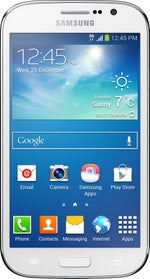
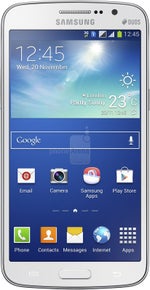
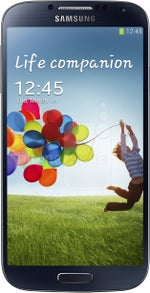
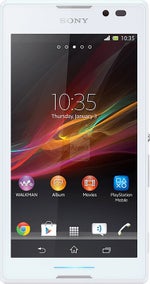



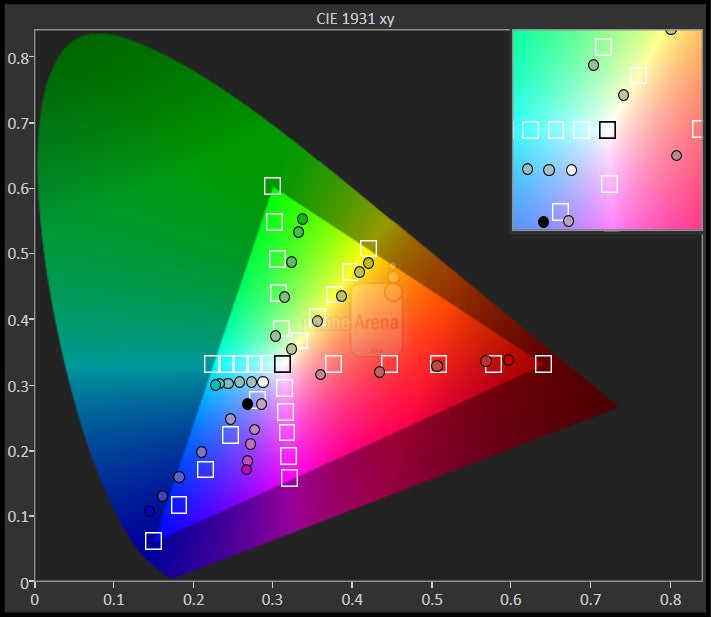
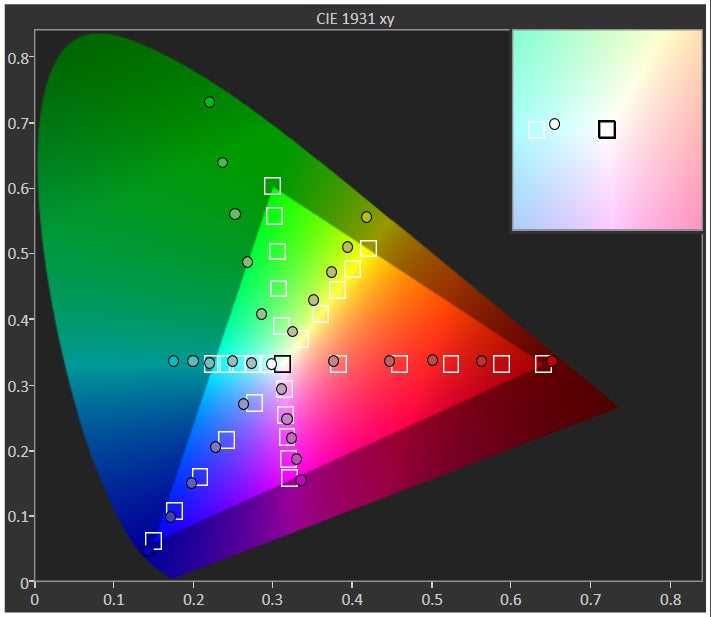










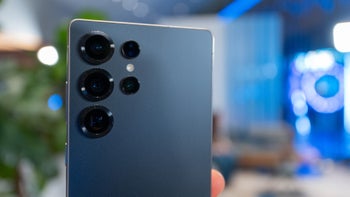


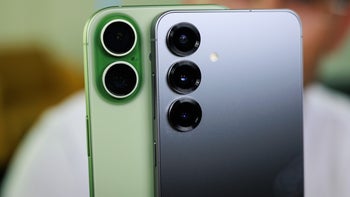

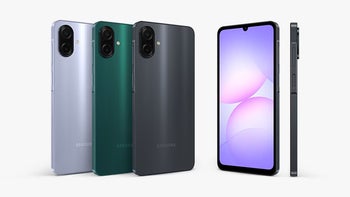

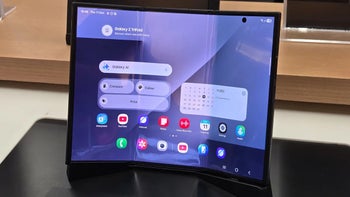

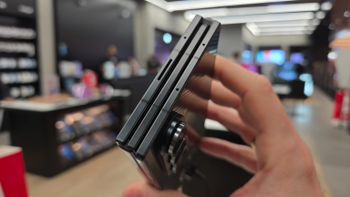
Things that are NOT allowed:
To help keep our community safe and free from spam, we apply temporary limits to newly created accounts: